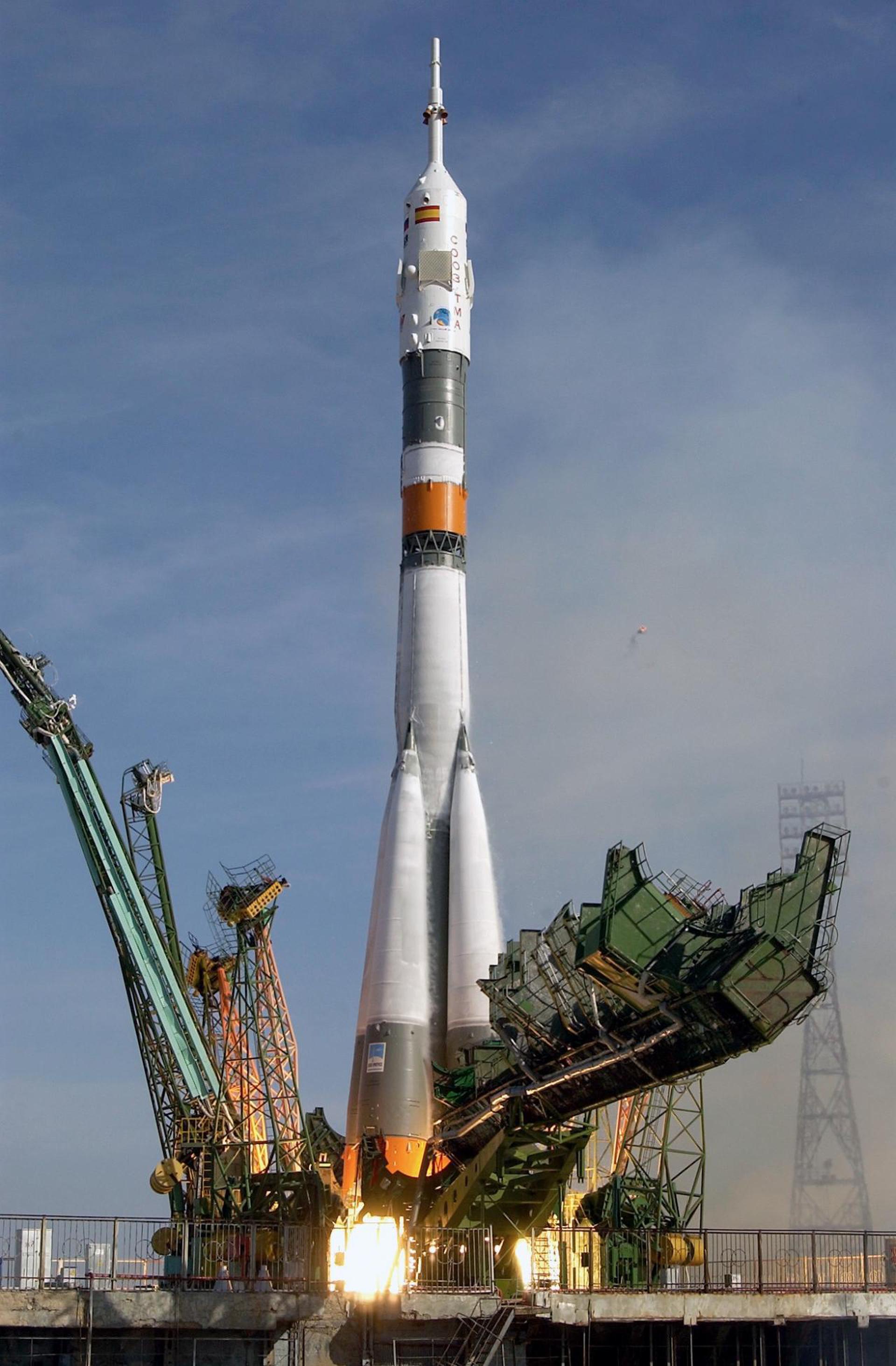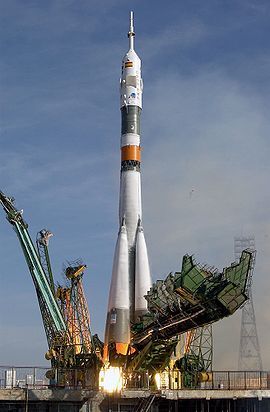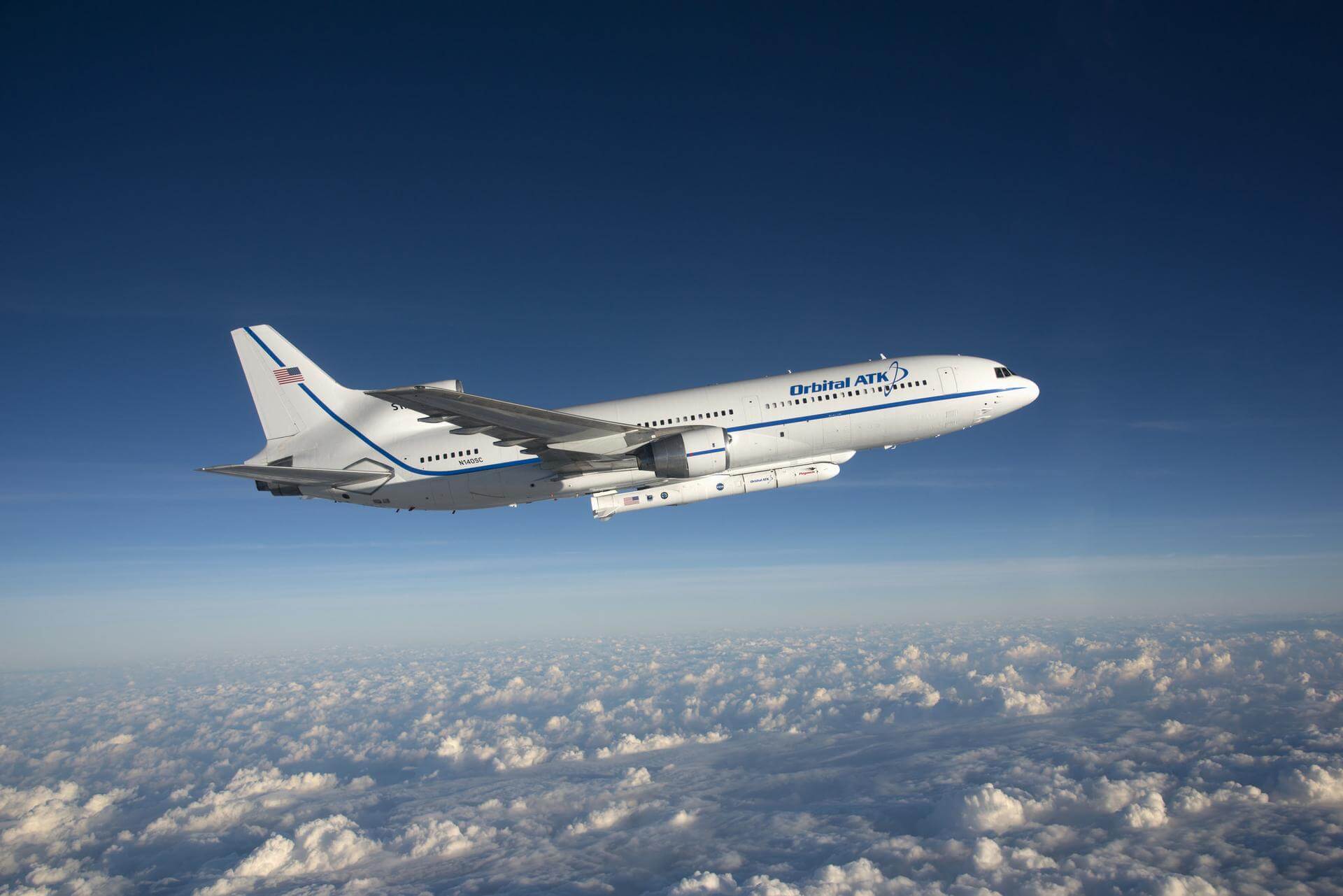Previous Spaceflight Launches
Filter by Agency, Locations or Vehicles
Show All LaunchesSoyuz U | Progress M-41
Russian Federal Space Agency (ROSCOSMOS) | RussiaBaikonur Cosmodrome, Republic of Kazakhstan
April 2, 1999, 11:28 a.m.
Zenit | DemoSat
Sea Launch | RussiaSea Launch
March 28, 1999, 1:29 a.m.
Proton-K/DM-2M | Asiasat 3S
Khrunichev State Research and Production Space Center | RussiaBaikonur Cosmodrome, Republic of Kazakhstan
March 21, 1999, 12:09 a.m.
Soyuz-U-PVB | Globalstar 22,37,41,46
Progress Rocket Space Center | RussiaBaikonur Cosmodrome, Republic of Kazakhstan
March 15, 1999, 3:06 a.m.
Status: Launch Successful
Mission:
The Globalstar global mobile communications network offers global, digital real time voice, data and fax via a constellation of 48 minisatellites. The constellation operates in a 1410 km orbit inclined at 52 degrees, and will also have 8 spares. The satellites were built by Space Systems Loral and Alenia Aerospazio in Rome, Italy.
Low Earth OrbitPegasus XL | Wide Field Infrared Explorer (WIRE)
Orbital Sciences Corporation | United States of AmericaAir launch to orbit
March 5, 1999, 2:56 a.m.
Proton | Raduga-1 4
Khrunichev State Research and Production Space Center | RussiaBaikonur Cosmodrome, Republic of Kazakhstan
Feb. 28, 1999, 4 a.m.
Ariane 44L | Arabsat 3A & Skynet 4E
Aérospatiale | FranceGuiana Space Centre, French Guiana
Feb. 26, 1999, 10:44 p.m.
Delta II | ARGOS
United Launch Alliance | United States of AmericaVandenberg SFB, CA, USA
Feb. 23, 1999, 10:29 a.m.
Status: Launch Successful
Mission:
ARGOS (Advanced Research & Global Observation Satellite) is a testbed and demonstration program for advanced remote sensing technologies for the US Air Force's Space Test Program (STP). ARGOS's primary objective is to fly and operate advanced payloads that include two technology demonstrations and seven experiment payloads for global and celestial observation. ARGOS also has a goal of three years of on orbit operations to demonstrate and collect science data for the Earth's global environment and top priority military space programs.
Low Earth OrbitSoyuz-U | Soyuz TM-29
Russian Federal Space Agency (ROSCOSMOS) | RussiaBaikonur Cosmodrome, Republic of Kazakhstan
Feb. 20, 1999, 4:18 a.m.
Status: Launch Successful
Mission:
Soyuz TM-29 was the 38th mission and the 27th long-duration expedition to Mir space station. The mission began on February 20, 1999, 04:18:01 UTC, launching Commander Viktor Afanasyev, Flight Engineer Jean-Pierre Haigneré and Research Cosmonaut/Fight Engineer Ivan Bella, who became the first Slovakian cosmonaut, into orbit. They docked with Mir two days later. During their stay there, cosmonauts performed several EVAs and various scientific experiments. Station crew was visited by several Progress resupply spacecrafts. The mission concluded with a safe landing back on Earth on August 28, 1999, 00:34:20 UTC.
Low Earth OrbitAtlas IIAS | JCSAT 4A
Lockheed Martin | United States of AmericaCape Canaveral SFS, FL, USA
Feb. 16, 1999, 1:45 a.m.








